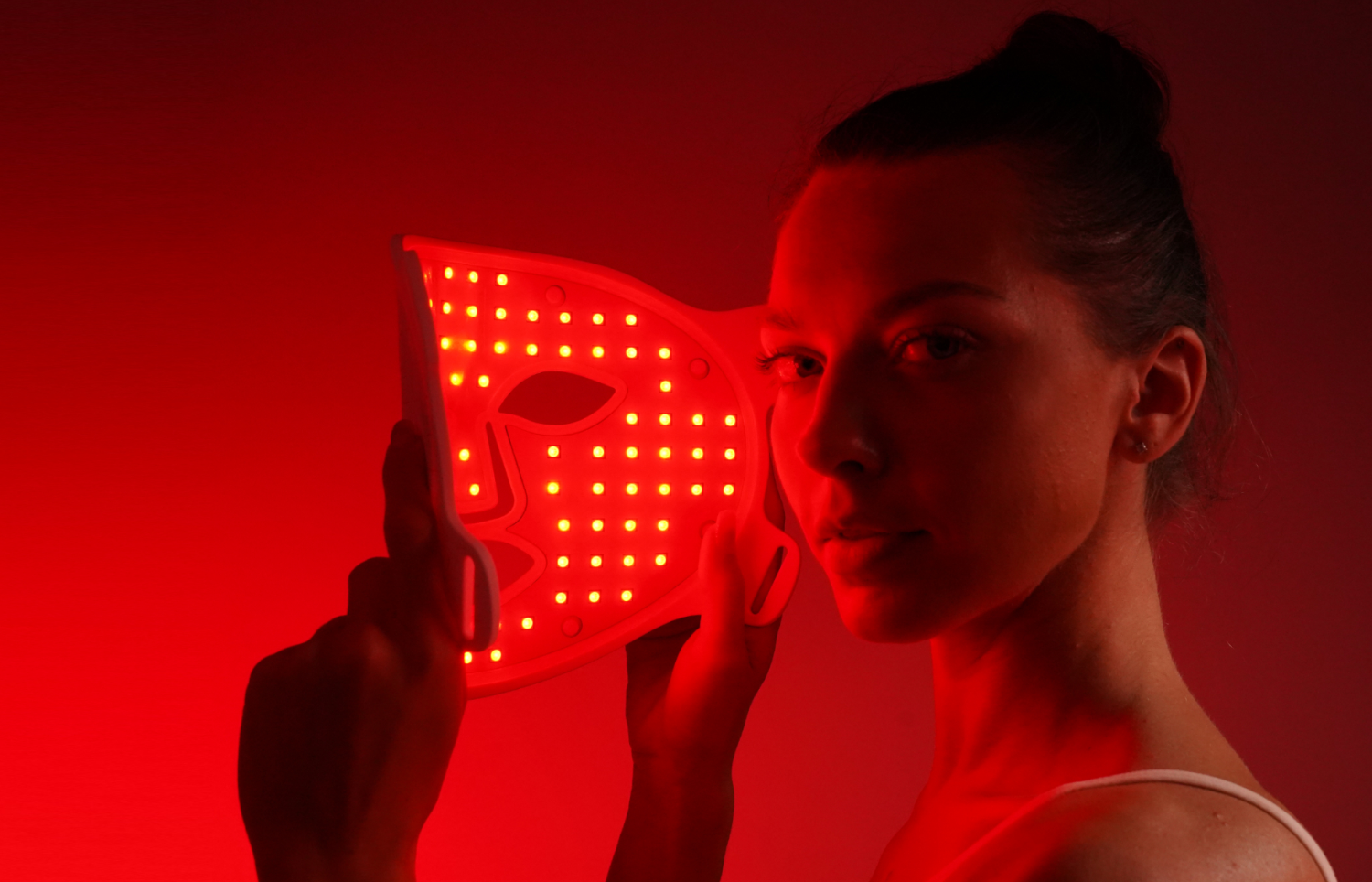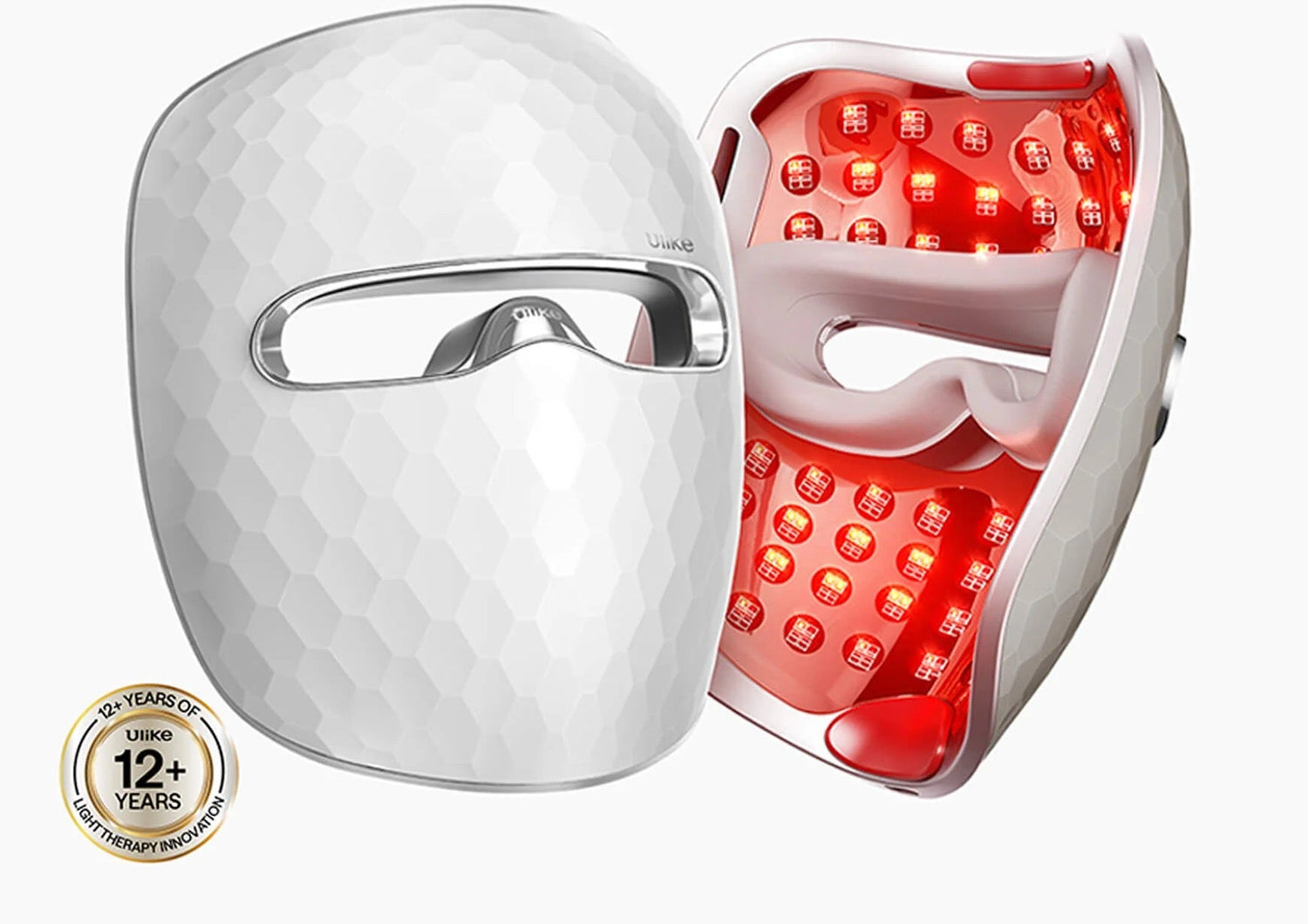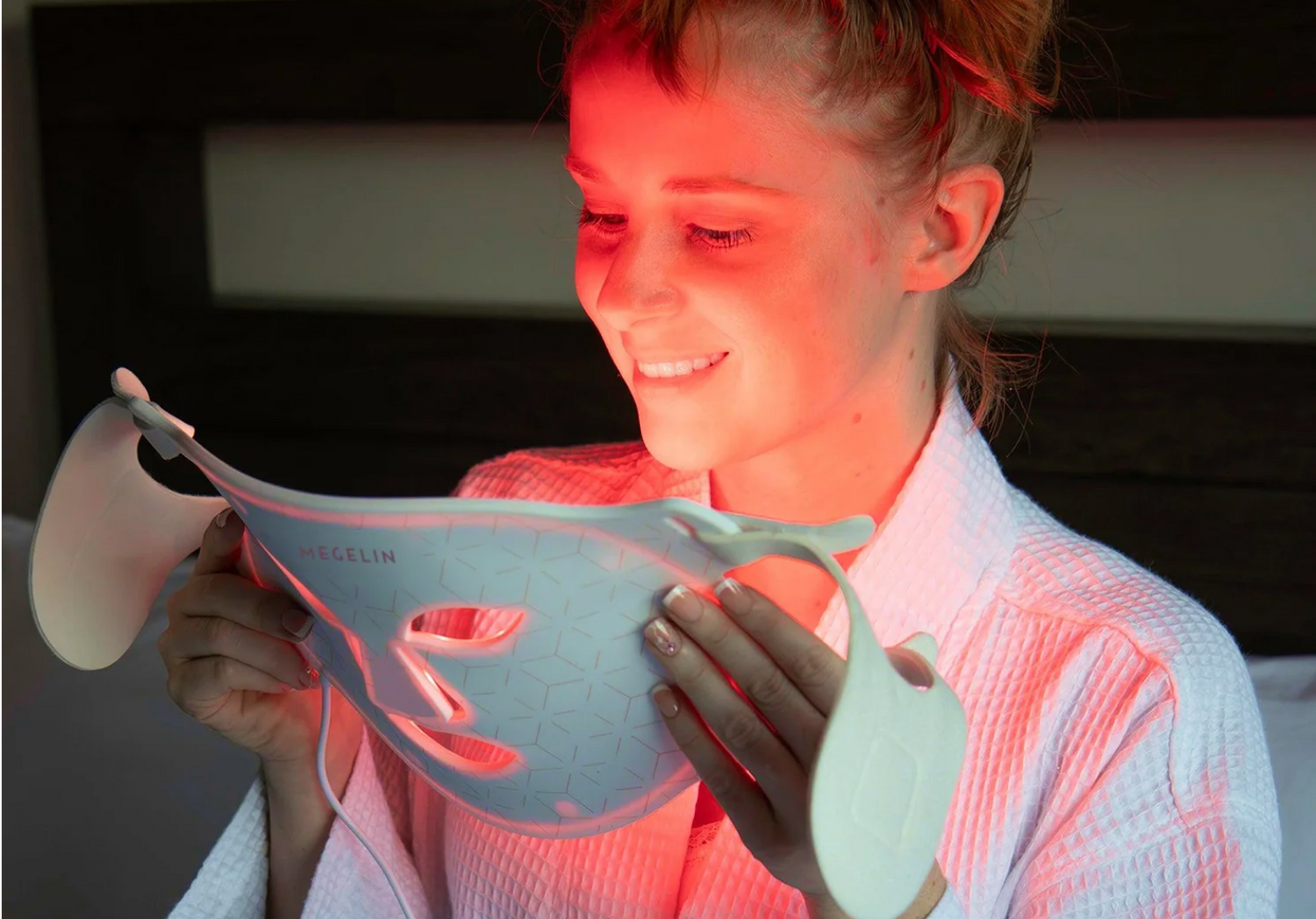
How Red Light Therapy Enhances Bone Graft Healing
megelinbeautyThe interest in enhancing bone graft healing has led to the exploration of red light therapy. This method uses specific wavelengths of light to stimulate cellular activities essential for bone regeneration and tissue healing. Red light therapy, known for reducing inflammation and aiding bone remodeling, offers a non-invasive alternative to traditional bone healing methods. This article examines how red light therapy supports bone metabolism, formation, and strength through vitamin D synthesis and other biochemical pathways. Clinical evidence highlights its efficacy in bone graft healing, bone density improvement, pain management, and synergistic effects with weight-bearing exercises, positioning it as a vital tool in holistic dental practices and beyond.
Overview of Bone Graft Healing Challenges
Common Issues
Bone grafting is a critical surgical procedure used to repair and rebuild damaged or diseased bones, often utilizing transplanted bone from the patient's own body or from cadavers [1]. Despite its widespread application in areas such as dental implants and spinal fusion surgeries, bone grafting faces several challenges that can impede successful outcomes. One of the primary complications is the risk of infection, which can severely affect the graft's ability to integrate with existing bone tissue [1]. Additionally, the surgery carries risks of bleeding, blood clots, nerve damage, and complications from anesthesia [1].
Fractures that result in significant bone loss may not heal adequately without a bone graft. In cases where a large portion of bone crumbles away, the natural bone repair mechanisms are insufficient, necessitating a graft to ensure proper healing and functionality [1]. However, even with a graft, there is a risk that the bone may not heal well, influenced by factors such as the patient's age, medical conditions, and whether donor tissue is used [1].
Factors Affecting Healing
Several factors can significantly impact the healing process of bone grafts. Smoking, for instance, restricts blood flow crucial for delivering essential nutrients and oxygen to the graft site, potentially leading to slowed healing or graft failure . Medical conditions like diabetes and autoimmune disorders can also hinder efficient healing, as elevated blood sugar levels in diabetic patients slow the process and increase infection risks .
Nutrition plays a vital role in bone health and the healing process. A diet rich in vitamins and minerals, particularly calcium and vitamin D, supports faster and more effective bone healing. Healthcare providers may recommend dietary supplements to ensure adequate nutrient intake . Medications that affect blood clotting and the body's immune response, such as blood thinners or immunosuppressants, can further complicate the healing process .
The mechanical properties of the bone graft material also influence the success of the procedure. Synthetic bone substitutes, often used due to their availability, may lack the necessary mechanical strength for load-bearing applications, which can limit their use to non-load-bearing areas [3]. Understanding the cellular mechanisms of graft integration and remodeling is crucial for improving the outcomes of bone grafting procedures [3].
Mechanisms of Red Light Therapy in Bone Regeneration
Cellular Level Effects
Red Light Therapy (RLT) has shown promising results in the modulation of cellular activities crucial for bone regeneration. Studies utilizing animal models and in vitro methods have demonstrated that specific wavelengths and power intensities of light, particularly in the near-infrared range, can penetrate deeper tissues and are more effective in reaching the cellular level [4]. This deep penetration is crucial as it allows for the stimulation of osteoblastic proliferation, which is vital for bone formation and strength [5].
In particular, research has highlighted that RLT can enhance collagen deposition and bone deposition, as evidenced by histological and morphometric analysis in rodent models . Additionally, the therapy has been shown to reduce inflammation, which is a common impediment to effective bone healing [6]. These effects collectively contribute to an improved environment for bone regeneration.
Enhanced Osteogenesis
Osteogenesis, the process of new bone formation, is significantly influenced by RLT. Studies have reported increased bone mineral density in rabbits post-treatment, which is a direct indicator of enhanced bone quality [7]. Furthermore, the formation of a callus, a critical phase in the healing of bone fractures, has been shown to improve markedly with the application of laser therapy, facilitating quicker and more robust bone healing [8].
Moreover, continuous exposure to 635-nm LED light has been particularly noted for its ability to inhibit osteoclast formation and bone resorption, which are crucial for preventing bone loss in conditions like osteoporosis [6]. This aspect of RLT not only aids in healing but also in the maintenance and strength of bone structure over time.
The integration of NIR light-assisted phototherapies and NIR light-responsive drug delivery systems further underscores the potential of RLT in bone regeneration. These systems can trigger the controlled release of drugs and growth factors that enhance the therapeutic effects, promoting cellular activities that lead to bone regeneration [9]. The ability of NIR light to induce local hyperthermia and create a photoelectronic microenvironment also plays a significant role in accelerating the tissue regeneration process [9].
These mechanisms, supported by clinical and experimental research, illustrate the multifaceted role of Red Light Therapy in promoting bone regeneration at both the cellular and molecular levels.
Clinical Evidence and Case Studies
Summary of Clinical Trials
Clinical trials have demonstrated the efficacy of Near-Infrared (NIR) light therapy in enhancing bone healing processes. An early review highlighted a trial using 632 nm NIR, which showed improved fracture consolidation and fewer complications, as assessed radiographically [10]. Further trials have reinforced these findings; for instance, a clinical trial in India using 830 nm NIR resulted in an earlier resolution of symptoms in patients with tibial stress fractures, while another in Bangladesh observed enhanced early bone regeneration and callus formation with the same NIR wavelength [10].
Patient Testimonials
Patient experiences provide valuable insights into the practical benefits of red light therapy. Testimonials often highlight significant improvements in healing times and reductions in complications. For example, a case report noted that 890 nm NIR facilitated callus formation within four weeks in a patient with a delayed union of eight months from the initial fracture [10]. These personal accounts underscore the potential of NIR therapy to significantly impact recovery outcomes in real-world settings.
Long-term Results
Long-term studies and follow-ups have shown promising results regarding the durability and effectiveness of bone healing under NIR therapy. Research indicates that continuous exposure to specific NIR wavelengths not only promotes bone regeneration but also inhibits bone resorption, which is crucial for maintaining bone density and strength over time [10]. This is particularly relevant in managing conditions like osteoporosis, where bone strength is compromised.
In addition to direct bone healing, NIR light therapy has also been associated with antibacterial and anti-inflammatory effects that support long-term recovery and maintenance of bone health [9]. These multifaceted benefits highlight the potential of NIR therapy as a sustainable and effective treatment option in orthopedics and regenerative medicine.
Real-World Applications and Benefits
Usage in Dental Procedures
Red Light Therapy (RLT) has been effectively utilized in various dental procedures to enhance healing and reduce complications. In hygiene appointments for children with chronic gingivitis, RLT as an adjuvant has shown to improve outcomes significantly [11]. Its application extends to severe periodontitis treatments, where its combination with scaling and root planing has resulted in better clinical outcomes compared to conventional methods alone . Furthermore, RLT's antibacterial properties have proven beneficial in root canal therapies, reducing pain and potentially serving as an alternative treatment for vital pulp therapy in primary teeth [12] [1].
Benefits for Athletes and Injuries
In the realm of sports medicine, RLT has gained recognition for its efficacy in accelerating recovery from sports injuries. This therapy is being used by professional athletes to recover faster from conditions like tendinopathy, where studies have shown that RLT can significantly reduce recovery times [13]. For example, athletes treated with RLT returned to play nearly 10 days earlier than those who did not receive the treatment [13]. Additionally, RLT has shown effectiveness in immediate treatments of sprained ankles and reducing edema during the acute phase of injuries [13].
General Bone Health
RLT also plays a crucial role in general bone health by stimulating bone formation and enhancing bone mineral density. Research indicates that RLT can increase osteoblast proliferation and improve the healing of bone fractures [14]. It has been used successfully in treating osteoporosis by stimulating bone cell development and increasing blood vessel formation, which are vital for bone repair and health [14]. Moreover, the therapy's ability to reduce inflammation and pain makes it a valuable treatment option for chronic conditions like osteoarthritis, enhancing the quality of life for patients [5].
Conclusion
Throughout the exploration of red light therapy (RLT) for bone grafts and bone health, we've highlighted its revolutionary role in regenerative medicine. RLT accelerates bone repair, reduces inflammation, and promotes osteoblast proliferation, offering significant benefits in both clinical settings and everyday life for those with bone-related ailments. Clinical trials and patient testimonials affirm its efficacy in holistic, non-invasive healing.
Integrating RLT into bone health regimes opens new horizons for patients and healthcare professionals, improving recovery outcomes and quality of life for conditions like fractures and osteoporosis. As RLT adoption grows, its profound implications for orthopedics and regenerative medicine warrant further exploration and widespread application.
FAQs
1. Can red light therapy aid in bone healing?
Red light therapy can expedite bone healing by accelerating the proliferation of cells, which aids in the formation of callus—a stabilizing structure in fractured bones. It also increases blood flow, which is essential for delivering oxygen, nutrients, and immune cells to the fracture site, thus enhancing the healing process.
2. Is red light therapy effective in post-surgical recovery?
Red light therapy can be a valuable treatment option for post-surgical recovery. It helps reduce swelling and inflammation, speeds up the healing process, alleviates pain, and can improve the appearance of scars.
3. Can red light therapy improve wound healing?
Red light therapy is known to assist in the healing of wounds. It is used to improve the healing process, diminish stretch marks, and reduce wrinkles, fine lines, and age spots on the skin.
4. Does red light therapy facilitate the healing of injuries?
Utilizing photobiomodulation, red light therapy delivers red and near-infrared light to body parts to stimulate cell regeneration and restore cell function. This process enhances blood circulation, which in turn aids in healing injuries and alleviating pain.
References
[1] - https://www.hopkinsmedicine.org/health/treatment-tests-and-therapies/bone-grafting
[2] - https://www.chesterfielddentistry.com/post/understanding-the-dental-bone-graft-healing-stages
[3] - https://www.ncbi.nlm.nih.gov/pmc/articles/PMC6213546/
[4] - https://thelumebox.com/blogs/lumebox-blog/red-light-therapy-bone-strength
[5] - https://osteostrong.com.au/wellness-machine/red-light-therapy/
[6] - https://joseylanedentistry.com/blog/light-therapy-to-improve-bone-health/
[7] - https://stsmiles.com/blog/red-light-therapy/
[8] - https://www.perioimplantadvisory.com/clinical-tips/article/14296197/red-light-therapy-a-comprehensive-overview-for-dental-professionals
[9] - https://www.ncbi.nlm.nih.gov/pmc/articles/PMC7546009/
[10] - https://www.ncbi.nlm.nih.gov/pmc/articles/PMC5106470/
[11] - https://www.ncbi.nlm.nih.gov/pmc/articles/PMC10139216/
[12] - https://www.nature.com/articles/s41368-022-00207-y
[13] - https://www.degreewellness.com/2020/03/recover-from-sports-injuries-faster-with-joovv-red-light-therapy/
[14] - https://rouge.care/blogs/rouge-red-light-therapy-blog/red-light-therapy-and-osteoporosis-what-can-be-done











